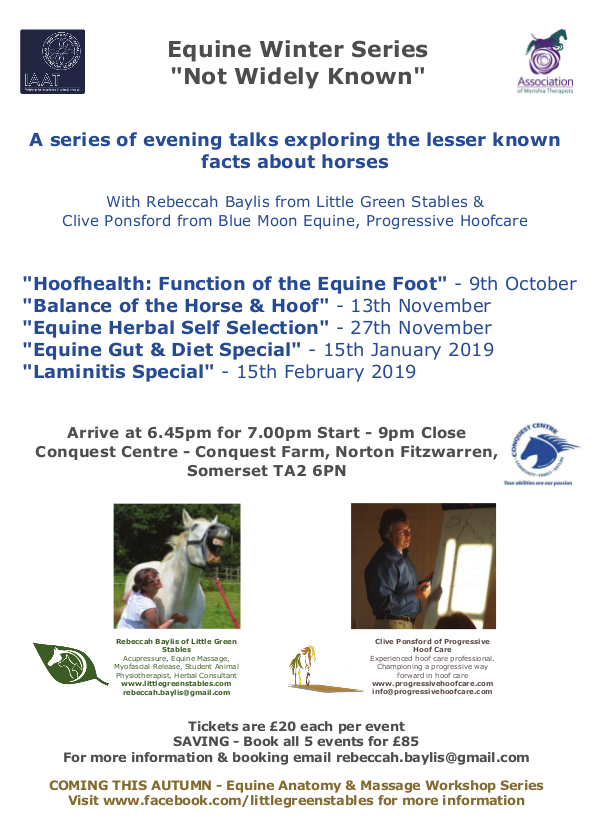Is The Equine Foot Weak?
This is a good question. Quite often when things go wrong with our horses we shift the focus of the possible cause from us to our horse. For example the saying “horses cannot bear weight through their soles” or “typical thoroughbred feet”.
However, horses are not born with bad feet. Foals don’t have flat feet and can take their weight through the sole easily.
You could say “as horses grow their feet have to carry more weight, and this then causes some horses problems.” This sounds, at first, to be a reasonable argument however, have you ever considered just how strong a horse’s foot needs to be? The answer is “very strong” a 500kg horse moving at speed has a great deal of kinetic energy to deal with when it wants to stop. Measuring the forces involved isn’t easy but estimates put the potential energy through each foot at something like 2.5 to 4 times its own body weight so 1500kg / 2000kg . So, as you can see, the equine foot cannot be considered weak.
If you then think of the evolutionary process that has brought the foot to this point in time, and that evolution is design by success, not failure, you begin to see the foot in a different light. Individual genetics do have a role to play and some horses may have a predisposition towards a less capable foot.
This however, should not be where we start when faced with a horse with poor feet. We should start by looking at anything that affects the horse's overall health, including environment and feed management before we write a horse off as weak.
The overall benefit of 24hour turn out is something I truly believe in and this goes for the adolescent horse as well as the fully grown.
Turn out isn’t a small square of grass but room to run and play. Horses need exercise, they need to be able to develop strong and healthy bones and feet. Over the coming years I am sure our understanding of how diet affects overall development of healthy horses will change, as will what we currently consider healthy. The role of gut flora and how they interact with the equine immune system will hopefully become more widely understood and bring positive changes to the way we keep our horses.
As understanding grows of what we need to do to keep our horses healthy grows perhaps terms like “typical thoroughbred “ will stop being so widely used.
